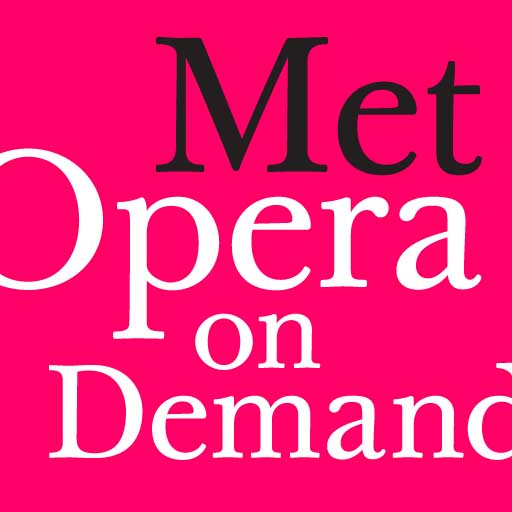Key Word Search
Multi-Field Search
Browse
Repertory Report
Performers Report
Contacts
Met Opera Website
Norma
Metropolitan Opera House, Sat, April 4, 1970 Matinee Broadcast
Broadcast Matinee Broadcast
Norma (71)
Vincenzo Bellini | Felice Romani
- Norma
- Joan Sutherland
- Pollione
- Carlo Bergonzi
- Adalgisa
- Marilyn Horne
- Oroveso
- Cesare Siepi
- Flavio
- Rod MacWherter
- Clotilde
- Carlotta Ordassy
- Conductor
- Richard Bonynge
Available for streaming at Met Opera on Demand
Rebroadcast on Sirius Metropolitan Opera Radio
Review 1:
David Hamilton in the Financial Times (U.K.)
Norma at the Met
To the charmed circle of singers who have undertaken the title role of Bellini’s “Norma” at the Metropolitan Opera (Lilli Lehmann, Ponselle, Cigna, Milanov, and Callas) a sixth was added this season: Joan Sutherland, for whom the Metropolitan has revived the work in a new staging by Paul-Emile Dieber, with sets and costumes by Desmond Heeley. The occasion also marked the Metropolitan debut of Marilyn Horne as Adalgisa, and the male leads were taken by Carlo Bergonzi (Pollione) and Cesare Siepi (Oroveso); Richard Bonynge conducted.
The focus of audience attention was clearly on the two ladies and their duets, an emphasis that was certainly justified by the results. Sutherland seems to sing more expressively, to phrase with more commitment, and to colour her words more effectively when the working with Horne. After a very detached and almost casual “Casta diva,” she warmed noticeably in the first scene with Adalgisa, and was thereafter, a rather more interesting singer. She is not, and doubtless never will be, the kind of Norma who can galvanize the attention in the long and crucial stretches of declamation, so that at best she gives us only part of the role – and that not the part that makes “Norma” such a special opera. Her inability to command visual attention through concentration and variety of gesture was not on this occasion mitigated by her director, who apparently relied upon her imposing stature to focus attention and left the “plastique” of the role to her own devices – or device: primarily an admonitory raised-arm gesture.
Marilyn Horne comes closer, I should think, to what Bellini must have had in mind: she shapes her recitatives around the sense of the words, and makes use of an impressive range of colourings. Since her mezzo is on the bright side it blends notably well with the veiled Sutherland soprano, and their ensemble was something at which to marvel. For all that she lack her partner’s rock-steady security of pitch, Horne remains the more interesting singer of the two.
In other respects, the performance was less admirable. Cesare Siepi can no longer muster the smooth rolling sound required by Oroveso’s melodies, and Carlo Bergonzi is simply miscast as Pollione: a fine singer in his regular lyric province, but here forcing to produce a dry, parched sound. As in most Metropolitan performances, the choruses were a disaster area, manifesting grossly inadequate ensemble and scruffy, off-pitch singing. The orchestra suffered from similar troubles, but these were overshadowed by the flaws in Mr. Bonynge’s conducting.
Desmond Heeley’s unit set, which made use of the newly restored stage turntable, was suitably Druidic in a sort of Wieland Wagner idiom. As I have suggested, the direction was limited, or at least ineffective, with respect to the principals; the disposition of the chorus was attractively non-symmetrical.
The Met persists in chopping “Norma” into four separate acts, presumably to stimulate bar business at intermissions: it is no service to Bellini, however, for the Met’s “first” and “third” acts form shapeless, unclimaxed entities. Otherwise, scholarly matters were in good order, including the quiet postlude to the “Guerra” chorus, with Sutherland adding a lovely ringing arpeggio at the end (as she did not in her recording) .
Search by season: 1969-70
Search by title: Norma,
Met careers

